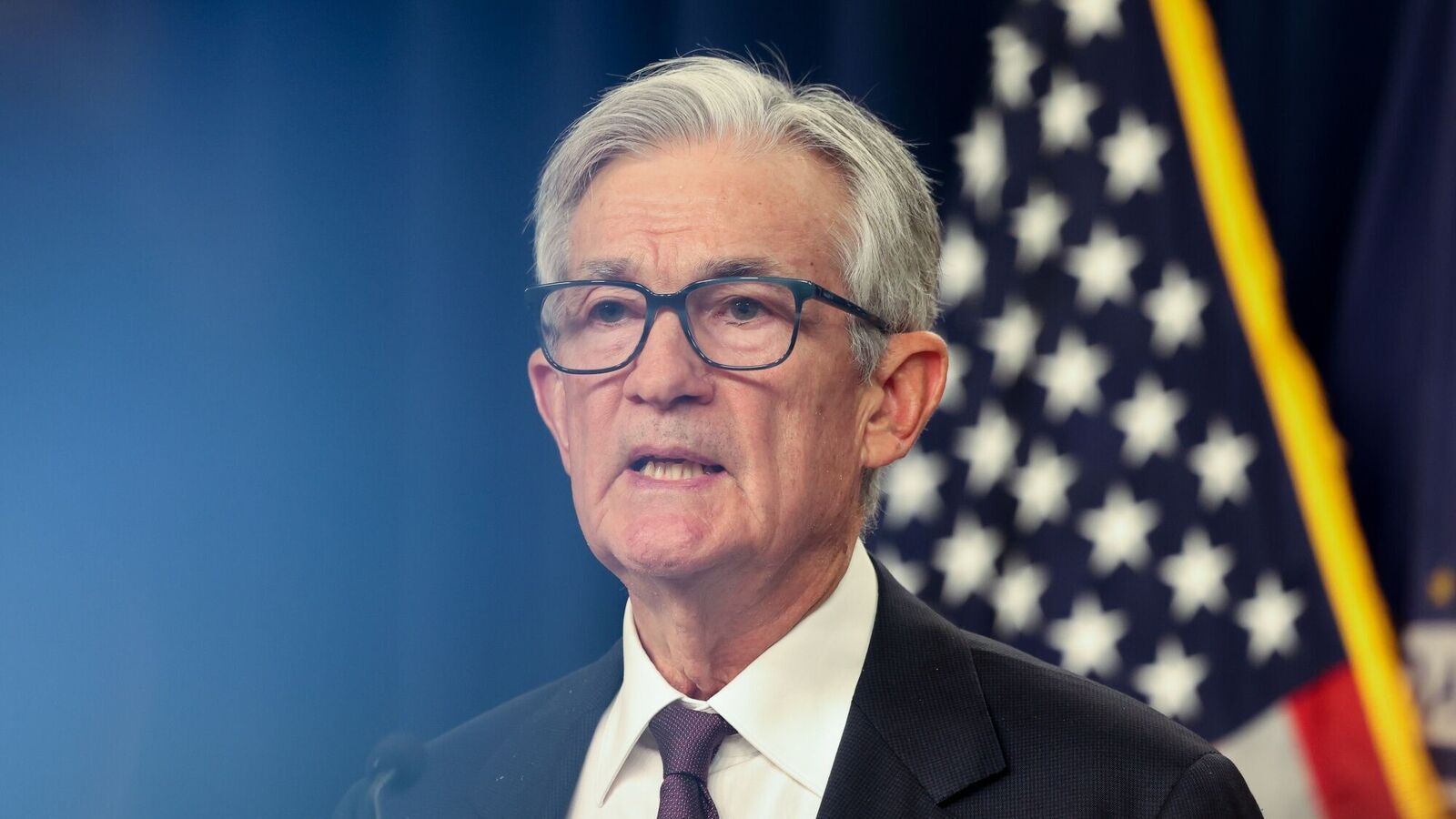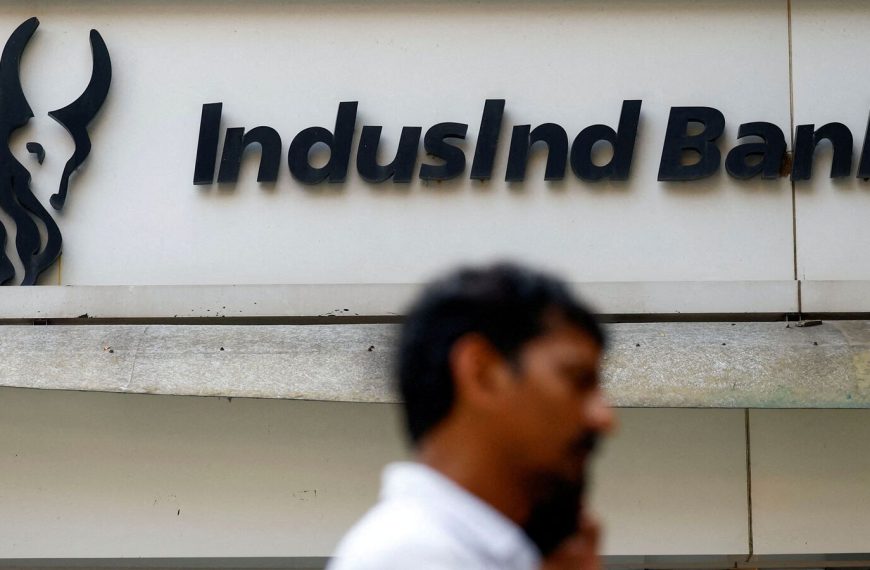On May 7, the US Federal Reserve maintained its key benchmark interest rates at 4.25% to 4.50%, with Chair Jerome Powell sounding alarms for investors about the uncertain economic landscape ahead. Despite keeping rates steady for the fourth consecutive time, Powell emphasized the potential challenges posed by aggressive tariff policies from the previous administration. As the world’s largest economy navigates these turbulent waters, the Fed’s outlook suggests that investors should remain vigilant.
Economic Outlook: Risks Ahead
The economic horizon appears clouded with uncertainty as Powell indicated that the US could face more challenges in the upcoming months. While he acknowledged that the economy is in relatively good shape, he warned that the risks surrounding its future are rising.
- Increased Uncertainty: The Fed’s statement highlighted a growing concern over the dual mandate of stabilizing inflation and unemployment. Powell noted, “The risks of higher unemployment and higher inflation have surged.”
- GDP Contraction: Notably, the US GDP shrank at an annualized rate of 0.3% in the first quarter of 2025, with manufacturing showing signs of weakness for the second month in a row, dropping to a five-month low.
Persistent Inflation Challenges
Despite a slight easing in inflation since mid-2022, Powell stressed that the nation is not out of the woods yet. Current inflation rates remain stubbornly above the Fed’s 2% target, complicating the potential for future rate cuts.
- Market Impacts: Powell’s remarks signal a delay in anticipated rate cuts, which may dampen consumer spending and corporate profits. This situation suggests that the Fed may hold off on any monetary easing until clearer signs of labor market weakening emerge.
- Expert Insight: Madhavi Arora, Lead Economist at Emkay Global, noted, "The summer could remain dry regarding the Fed’s easing measures, with potential moves postponed until September."
The Inflation-Employment Dilemma
The Fed faces a complicated challenge of balancing rising inflation against a robust job market. Powell pointed out that ongoing tariff strategies could hinder the Fed’s ability to meet its economic objectives.
- Tariff Implications: He remarked, "If tariffs stay at these levels, we might not achieve our goals for inflation and employment this year." This indicates that the Fed’s path forward is fraught with complexity as it weighs the effects of tariffs on economic stability.
Sentiment Among Households and Businesses
Powell also highlighted the fragile sentiment among consumers and businesses, attributing much of this caution to tariff-related uncertainties. This hesitance could lead to reduced spending and delayed investment, further straining economic growth.
The Fed’s Response to Tariff Effects
Initial speculation suggested the Fed might implement a preemptive rate cut in response to the economic fallout from rising tariffs. However, Powell clarified that such measures are not on the table until more data is available.
- Data-Driven Decisions: He stated, "We cannot act preemptively without clear data on economic responses." This stance indicates a cautious yet necessary approach as the Fed navigates the complex interplay of inflation and employment.
In conclusion, as the Federal Reserve continues to assess the evolving economic landscape, investors should closely monitor these developments. The interplay of tariffs, inflation, and employment will likely shape the Fed’s future decisions, making it crucial for stakeholders to stay informed. For more insights into market trends and economic analyses, explore our extensive resources.











